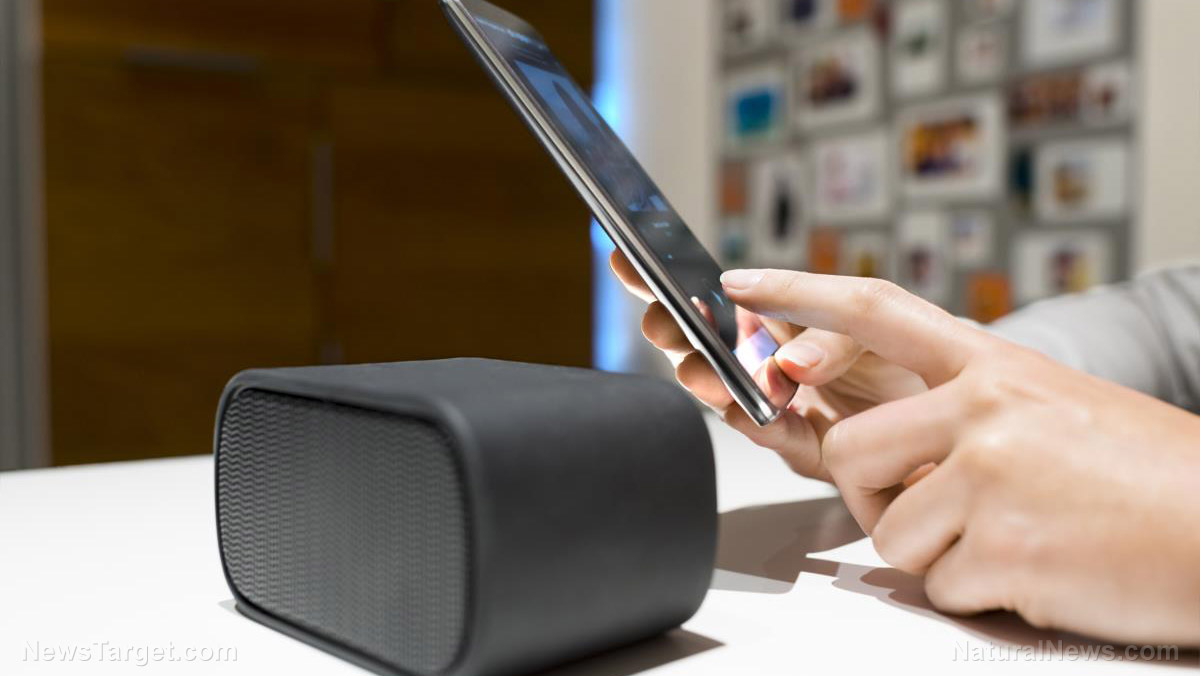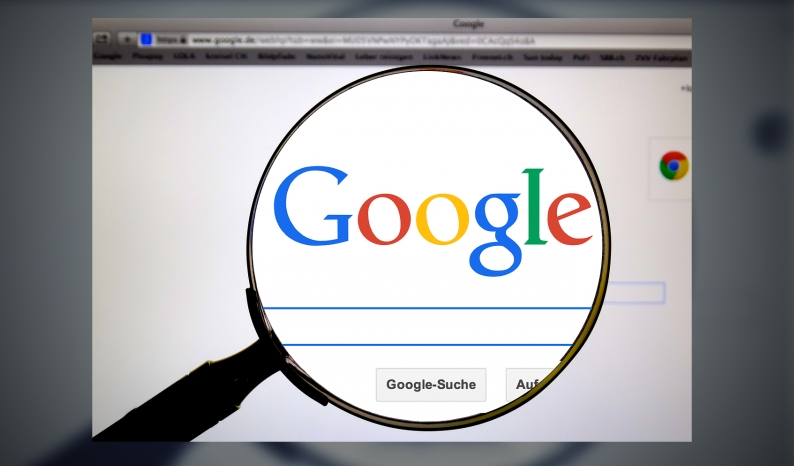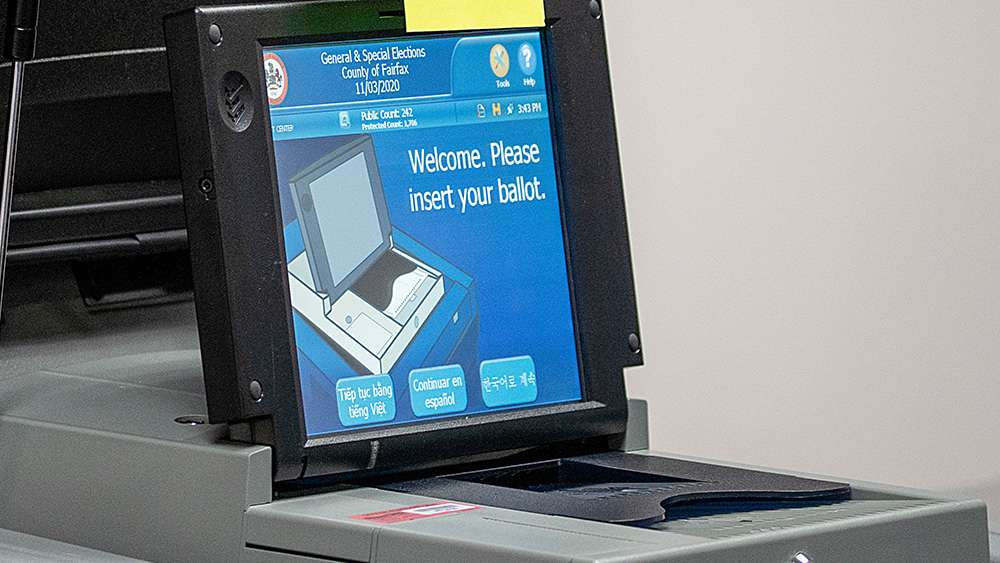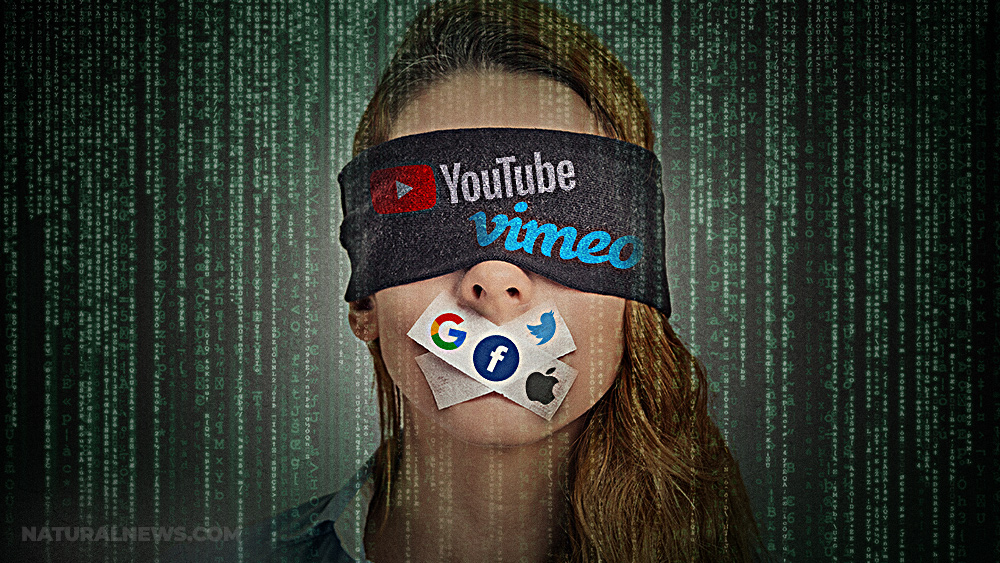Listen up, iPhone users: Apple smartphones are emitting TWICE the reported radiofrequency radiation
11/11/2020 / By Cassie B.

Many of us use our smartphones more than we’d like, but if you thought being in a constant state of stress was the main danger of these devices, we have some bad news for you. An investigation carried out by the Chicago Tribune found that the radiofrequency radiation that is emitted by several popular smartphones, including several models of Apple’s iPhone, exceeded the legal limits put in place by the FCC.
The report was carried out using accredited lab tests designed to mimic human tissue. In addition to the iPhones, they also tested phone models from Motorola and Samsung.
The FCC’s current radiation standards for cell phones have a limit of 1.6 watts per kilogram when averaged over 1 gram of tissue. Nearly all of the phones that were tested by the Tribune were well over that amount at 2 millimeters – which is approximately the distance that a person’s phone would be situated away from their body while placed inside their pocket.
Moreover, the radiation levels in some models were twice those reported to regulators by Apple. This is a direct contradiction of the statement on the FCC’s website that cell phones approved for sale “will never exceed” maximum allowable exposure limits.
The Tribune noted: “Radiofrequency radiation exposure from the iPhone 7 — one of the most popular smartphones ever sold — measured over the legal safety limit and more than double what Apple reported to federal regulators from its own testing.”
Don’t brush off the dangers of cell phone radiation
This is highly concerning because exposure to high levels of RF radiation is very dangerous given RF energy’s ability to heat biological tissue quickly. The way it operates has been likened to the way microwaves cook food, with organs such as the eyes and testes being particularly vulnerable to damage because they lack sufficient blood flow to cool them down.
One problem is that FCC standards for radiation were set back in 1996 based on the typical amount of phone use of a 200-pound man during that time. However, smartphone use has grown dramatically since 1996, with people using them not only for conversations but also games, social media and other applications. In fact, the average time that people spend on smartphones per day is now at three hours and 10 minutes.
In addition, young people are increasingly using these devices and there is no telling what so many years of accumulated exposure could do to their health. There have been pushes for the FCC to reassess and update its guidelines, but so far there are no signs of change.
Many of those arguing in favor of changing the limits have expressed concerns that the FCC is under the influence of private interests and that nothing will be done to make the standards safer.
California Brain Tumor Association Executive Director Ellie Marks said: “The industry, FDA and FCC keep repeating the mantra that there is no evidence of harm. That is a blatant lie, but they need to do this for liability reasons.”
She added: “There is extensive research proving cell phone radiation is causing DNA damage and cancer — not just brain, but salivary gland, thyroid, breast, damage to fetuses, damage to sperm, miscarriages, bone cancer and more.”
Protect yourself
It has become virtually impossible to live without a smartphone these days, but there are ways that you can limit unnecessary exposure to the radiation coming from your mobile devices.
Reducing your usage as much as possible is the obvious route, but it’s also important to avoid keeping your phone close to your body, such as inside your pocket. You should never sleep next to a smartphone or tablet, and you should keep these devices in airplane mode when they’re not being used. When making phone calls, opt for a headset or speakerphone rather than holding the phone directly against your head to minimize your exposure to radiation.
Sources for this article include:
Submit a correction >>
Tagged Under:
Apple, badtech, brain damage, cell phone radiation, FCC, gadgets, health science, iPhone, mobile devices, radiation, Smartphones
This article may contain statements that reflect the opinion of the author
RECENT NEWS & ARTICLES
COPYRIGHT © 2017 GLITCH.NEWS
All content posted on this site is protected under Free Speech. Glitch.news is not responsible for content written by contributing authors. The information on this site is provided for educational and entertainment purposes only. It is not intended as a substitute for professional advice of any kind. Glitch.news assumes no responsibility for the use or misuse of this material. All trademarks, registered trademarks and service marks mentioned on this site are the property of their respective owners.



















